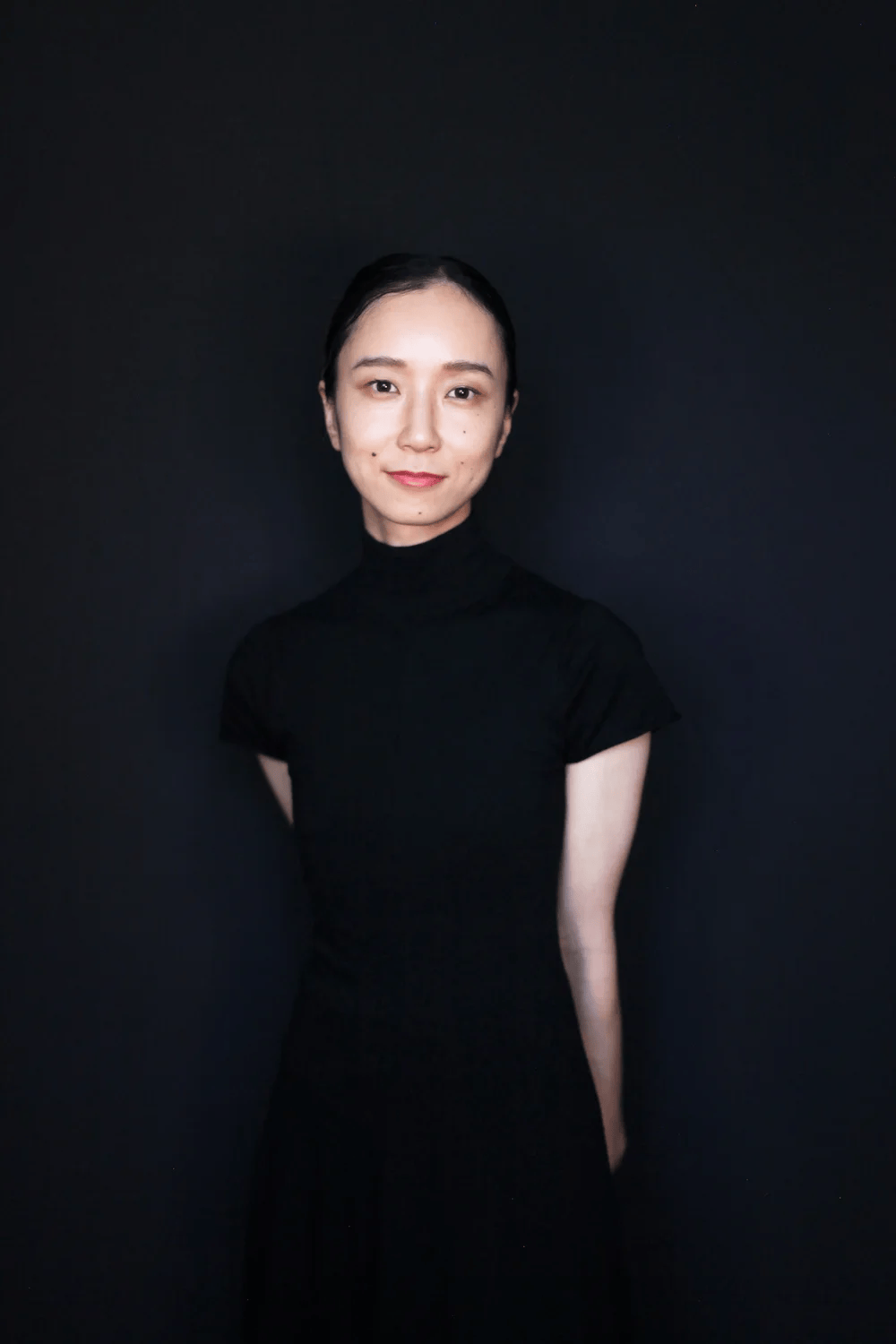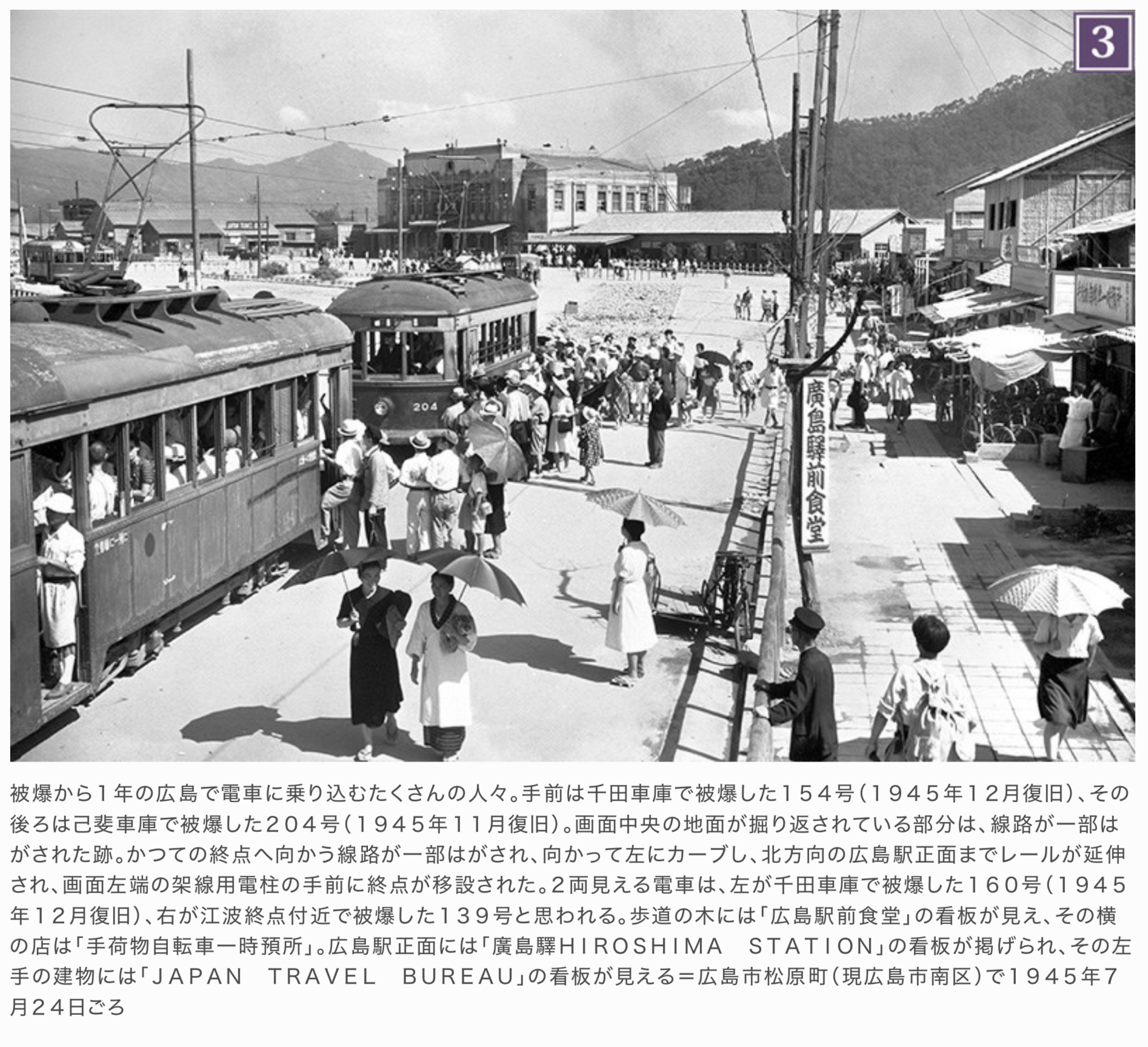Madama Butterfly unveiled: meet Set Designer Chika Shimizu
New York-based set designer Chika Shimizu joins the creative team for director Mo Zhou’s production of Madama Butterfly, onstage at the Southern Alberta Jubilee Auditorium from November 1-7, 2025. We asked her about this story, and how Shimizu’s designs place us right in the middle of Cio-Cio-San’s heart.
What kind of historical context has inspired your design?
“The Japanese women who married American military personnel after World War II were called “war brides,” and their children were often referred to as ‘mixed-blood’ or ‘GI babies.’ These women faced strong opposition from their families and were often discriminated against by society. The war had left cities in ruins, and people were living under incredibly difficult conditions with very limited resources. Marrying the former enemy was certainly not well received. At the same time, Japan underwent a sudden and dramatic transformation. When the war ended in 1945, Western culture and ideology poured into politics, education, and daily life. During the occupation, more than 400,000 American military personnel were stationed across Japanese cities, influencing not only constitutional and political systems but also the everyday experiences of Japanese citizens, who encountered Americans face to face.
“This significant historical movement and the emotional tension inspired me to create a sublime space defined by the vast horizon of the ocean landscape. The ocean holds deep meaning for Japan, a nation surrounded by it. It symbolizes the uncontrollable power of nature—a god, an advent of the unknown, an escape, a hope, and a dream. The floor rises gently toward the upstage, creating an entrance that resembles like an avalanche. Against this immense landscape, I chose to isolate the house, as if it represents Butterfly and her child, standing with both strength and grace in the midst of darkness.
“Throughout the performance, the audience looks out over the ocean. I hope they come to share Butterfly’s perspective, catching a glimpse of hope — an escape toward a better future.”
Initial sketch for Madama Butterfly by set designer Chika Shimizu.
What do you find compelling about the story of Madama Butterfly?
“I see Butterfly as one of the most incredible and fierce female figures in Puccini’s works. She lost her father at an early age, leaving her family in poverty, which led her to become a geisha to support them. At fifteen, of her own will, she chose to marry an American naval officer.
“In our version of Madama Butterfly, we set the story in Nagasaki in 1946, which makes the narrative even more powerful and poignant. This was just a year after the atomic bomb was dropped and the war had ended. Marrying an American at that time was an act of extraordinary independence and courage.
“After Pinkerton abandoned her, she upheld her commitment with unshakable persistence and dignity, ultimately sacrificing her own life without hesitation to secure a better future for her child—likely before she even turned twenty. Her determination is like a rock against the ocean waves. It is truly heartbreaking to witness how she is taken advantage of and led toward such a tragic fate, yet I hold profound admiration for this young woman, who endures with unwavering faith and quiet strength, never letting go of her hope.”
What set elements are you most proud of, or most excited to unveil to Calgary audiences?
“We drew on extensive research into Japanese architecture and photographs of actual locations in Nagasaki, so that the set could create a realistic environment, conveying a true sense of place and honouring the lives of the people portrayed in Madama Butterfly. While exploring the motivations and actions of the characters with the creative team, we developed a realistic floor plan and refined the interior details to ensure that each scene flows naturally while emphasizing the story’s most powerful moments. I hope that this attention to detail allows the audience to fully immerse themselves in the human drama at the heart of the work.”
How we approach pieces of art which don’t appear to “age well”? How do we know whether to shelve a piece or try and preserve it?
“Art is a living thing, and I believe there is a certain freedom in expressing a story through various approaches. Perspectives also shift over time and with the world we live in. Yet I believe that humanity, and the human drama within any piece of art, is timeless and remains accessible to contemporary audiences. We can bring these truthful voices and hearts to life by giving the utmost respect and understanding to their culture and traditions—both visually and conceptually—and I believe the value of this work is determined by the skill of the directors and designers who deliver it to the audience.”
What do you hope audiences will take away from this production?
“It has been an honour to collaborate on a production in which the set, costume, and lighting were all designed by female Japanese designers under Mo’s insightful leadership. In developing our interpretation of Madama Butterfly, we aimed to present a vision that is more faithful to Japanese culture. This process has been an immensely rewarding exchange of ideas—grounded not only in our knowledge as Japanese, but also in a deeper cultural and emotional understanding of Japan and Japanese women.
“We hope our efforts contribute to portraying the realism of Madama Butterfly, and that audiences can experience this genuineness in every design element of the production, together with Puccini’s remarkable score.”




